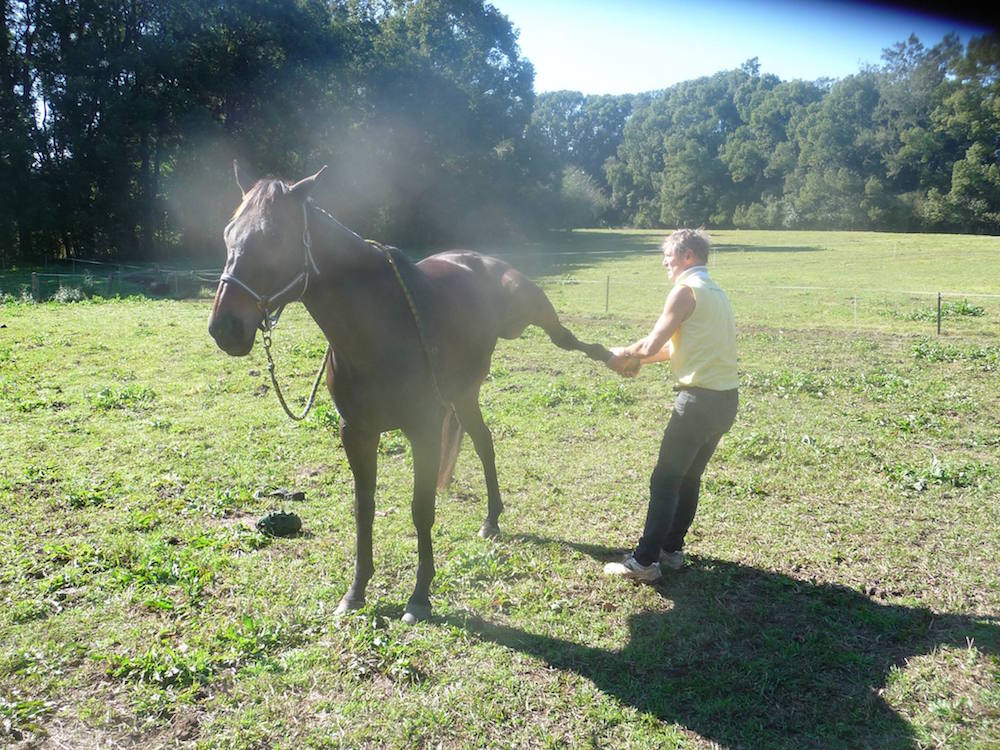
Horses can not tell us when they are in pain. As horse owners we have to be observing our animals everyday to look out for signs of trouble.
There are hundreds of problems that can cause a horse pain. Watching out for these symptoms will help you get on top of issues quickly and with the right treatment.
These visual indicators are a sure sign that you need to manage a problem for your horse.
- The horse showing signs of lameness or shortened stride in movement. Signs of discomfort when being ridden.
- The horse looks like it is “out of balance”, whether it be when ridden or in general. When the horse looks restricted in its action, working on the one rein, or when the horse is dragging its feet and looking lazy.
- Not clearing jumps properly, hitting the bars all the time. (Imagine how sore the extensor tendons and fetlock ligaments feel after this. Even with boots the concussion still penetrates into the area).
- Uneven muscle shapes and size – one side compared to the other. A good example of this is the back-end which may be a pelvis related problem. This is a common problem and will include blocked dorsal branches of sacral nerves in the gluteal muscles and hamstrings that have shortened up, pulling the pelvic girdle down and away from the Sacroilliac Joint or what we call the “coupling” where the last lumbar and first sacral vertebrae meet, where there is a gap between the two bones at the very top of the pelvis. You can feel this gap and horses love some compressions or similar type of relieving pressure applied.
- When there are signs of stress in the horse’s face. Normally you can tell when a horse has pain from its facial expression.
- When upon inspecting your horse you touch the skin/muscle(s) and you can feel the swelling, tension or tightness. A good example of this is in the triceps below the shoulder-blade area. When it is very tight your fingers tend to spring back out of the muscle because you cannot hold an penetration.
- When you can feel heat in superficial muscles. When there is heat there is inflammation.
If you are observing something unusual with your horse then please investigate it deeper and quickly. A horse can become aggressive when it is in pain. And you will save yourself money in the long run if you can fix a problem with a bit of remedial therapy rather than calling in the vet.
You can always ask me a question via facebook
